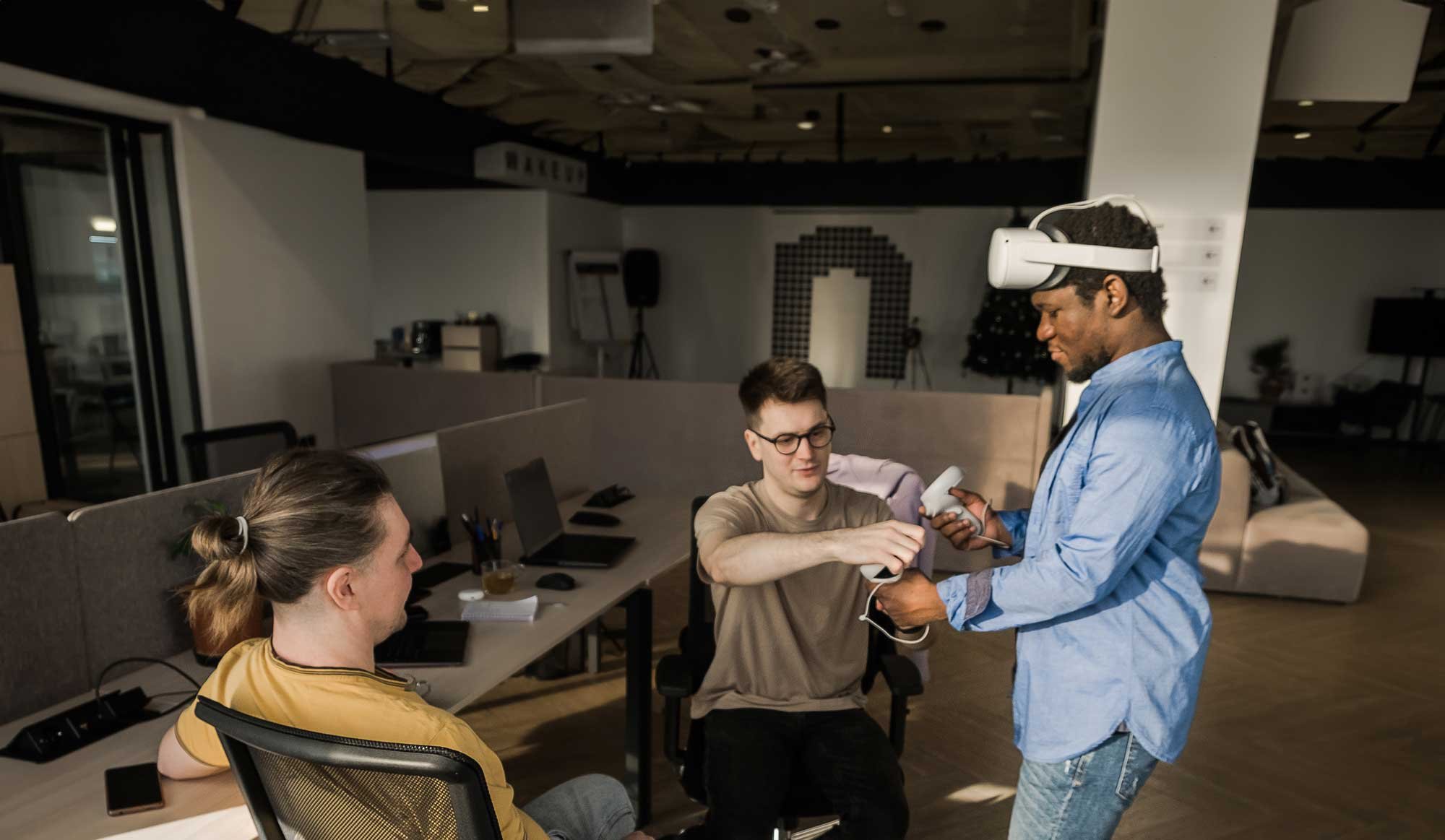XR for Your Business
Assess Readiness
Steps for small businesses to determine readiness for training via VR
At the beginning, take some time to think through whether VR would be effective for your business at the current moment and, if so, whether you are ready to take the next steps.
Assess your readiness for VR. Adopting VR in your business is more than just a leap into new technology. It's a strategic choice that should support your business goals, including those regarding your employees and company culture. Start by identifying the specific challenges your business is facing and then consider whether VR can help address them.
One of the more mature, affordable, and effective VR solutions available to the small business market today is employee training, which can include training to refresh skills and upskill. VR training providers often offer off-the-shelf training content, or standardized content that can work across many businesses, versus customized training, which can be expensive and cost prohibitive. Because off-the-shelf training content is typically both affordable and effective, it offers a unique advantage for small businesses competing against larger firms with more resources. For these reasons, training could be a good place to start integrating VR into your business.
First, identify one area you want to focus on, that’s possible to address with VR, that would transform your business, and that would help build buy-in for VR as a business tool.
Two key benefits of early adoption of VR generally are:
-
Retention
VR's ability to boost employee confidence and satisfaction can translate to higher retention rates, increased engagement and satisfaction, superior quality output, and increased productivity. The happiness of a business’s employees also directly impacts the business’s bottom line.
-
Timing
By embracing VR training early, small businesses can strengthen their most vital asset—their people—enhancing their competitive edge in the marketplace.
With the speed of its development and a plethora of existing high-impact use cases, the question isn't whether you should integrate VR into your business operations but rather when and how you can take advantage of it.

Identify a champion or two. Identify who will push your VR training strategy forward. This so-called champion will need to be able to navigate your business to ensure commitment from leadership, flexibility from managers, and trust from employees. It’s important that the champion is familiar with the potential of the technology and can help explain its benefits to others. This person will also need to be comfortable with managing people dynamics, technical challenges, and multilayered logistics.
In some cases, two champions partnering on the effort can be very effective: One takes on the more technical aspects of the work, like headset setup or administering a schedule for training, and the other focuses on the more strategic aspects of the work, like advocacy, buy-in, and setting KPIs. This type of partnership can decrease the chance of burnout and ensure the training does not get deprioritized if one champion has too much on their plate.
Identify ways to stay motivated. Agility and tenacity allow businesses to be at the forefront of change and progress. VR training has already proved to be a high-impact way to engage employees and strengthen businesses. Be prepared for some challenges and know that it is still very much in the development phase. The prospect of pioneering VR training technology, deepening your understanding of it, and exploring new ways to use it to strengthen your business should remain a primary motivation throughout the journey.
JFF would love to hear how that journey is going, so make sure to reach out if you are testing out VR training at your business.



.jpg?width=2000&name=azwedo-l-lc-Z6UFA9MxTl0-unsplash%20(1).jpg)

